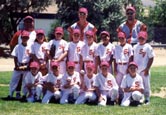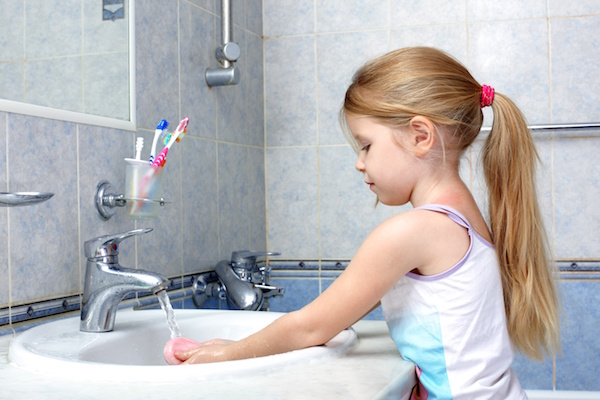
MONDAY, Dec. 6 (HealthDay News) — Playing team sports does not guarantee that a child will get the U.S. government-recommended 60 minutes of moderate to vigorous exercise per day, a new study reveals.
Using accelerometers, a type of sensor that measures physical activity, researchers studied activity levels of 200 children aged 7 to 14 while they took part in practices with their soccer, baseball or softball teams.
Overall, only 24 percent of the children met the 60-minute physical activity recommendation during practice. Less than 10 percent of participants aged 11 to 14 and less than 2 percent of female softball players reached the guideline, said Desiree Leek, of San Diego State University/University of California, San Diego, and colleagues.
Among the other findings:
- Practice lengths ranged from 40 to 130 minutes for soccer and 35 to 217 minutes for baseball/softball, and players were moderately to vigorously active for an average of 45 minutes (46 percent) of the practice time.
- Soccer players were active for an average 13.7 more minutes and active for 10.6 percent more of practice time than baseball or softball players.
- Boys were active an average of 10.7 more minutes and 7.8 percent more of practice time than girls.
- Players aged 7 to 10 were moderately to vigorously active for 7 more minutes and 5.8 percent more of practice time than players aged 11 to 14.
- Overall, the players spent an average of 30 minutes being inactive during each practice.
About 44 million American children and teens play team sports. These findings show the need for changes that enable team sports to make a larger contribution to the nation’s goals of boosting children’s physical activity and preventing childhood obesity, the researchers said.
“The health effects of youth sports could be improved by adopting policies and practices that ensure youth obtain sufficient physical activity during practices: emphasizing participation over competition, sponsoring teams for all skill levels across all ages, ensuring access by lower-income youth with sliding scales for fees, increasing practice frequency, extending short seasons, using pedometers or accelerometers to monitor physical activity periodically during practices, providing coaches strategies to increase physical activity and supporting youth and parents in obtaining adequate physical activity on non-practice days,” Leek’s team wrote.
The findings were released online Dec. 6 in advance of publication in the April 2011 print issue of the Archives of Pediatrics & Adolescent Medicine.
In an accompanying editorial, two experts called for more research on the amount and intensity of physical activity youngsters get during sports and other structured recreational activities.
“This would include not only organized team sports but also dance lessons [e.g., ballet, jazz, contemporary, tap] and outdoor activity programs [e.g., rock climbing, cycling, canoeing, kayaking],” wrote Russell R. Pate and Jennifer R. O’Neill, of the University of South Carolina, Columbia.
“Further and perhaps most importantly, we need to learn ways in which the doses of physical activity provided during youth sports and activity programs can be most effectively increased by modifying the manner in which the practices and contests are conducted.”
More information
The U.S. Centers for Disease Control and Prevention has more about children and physical activity.

